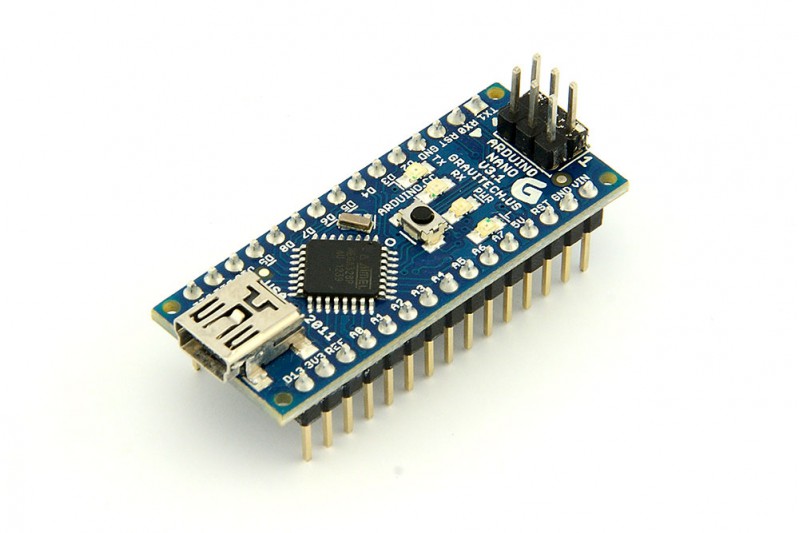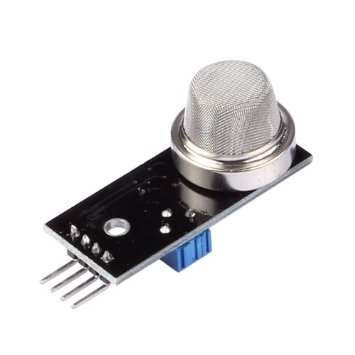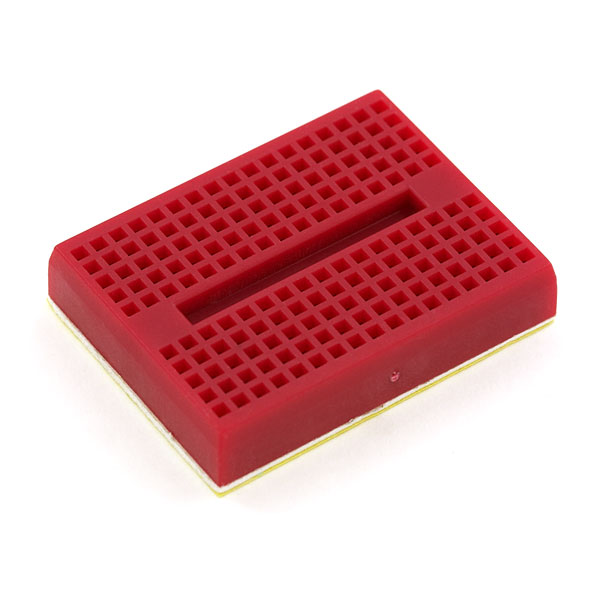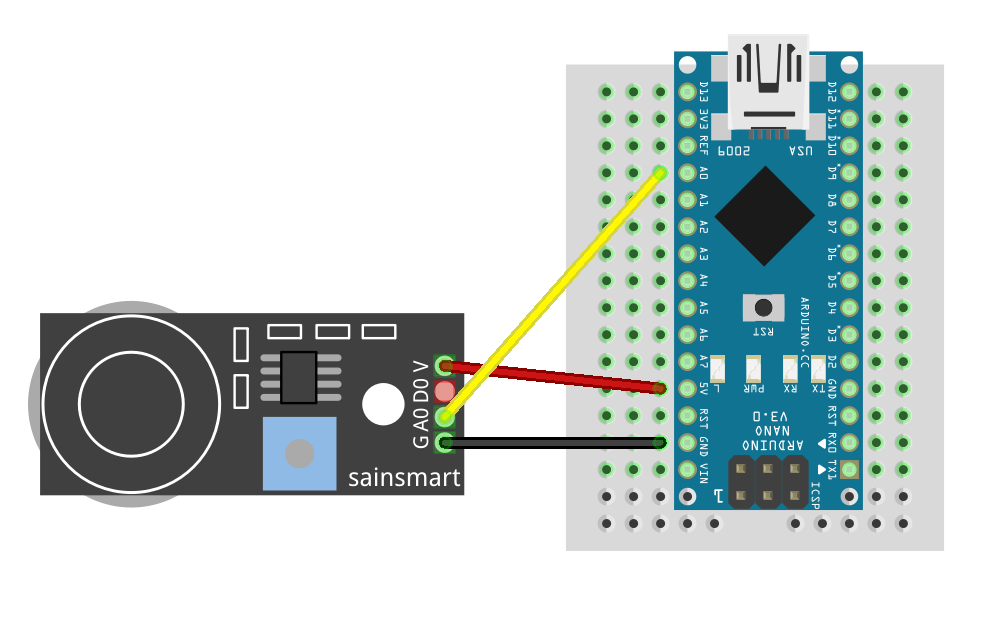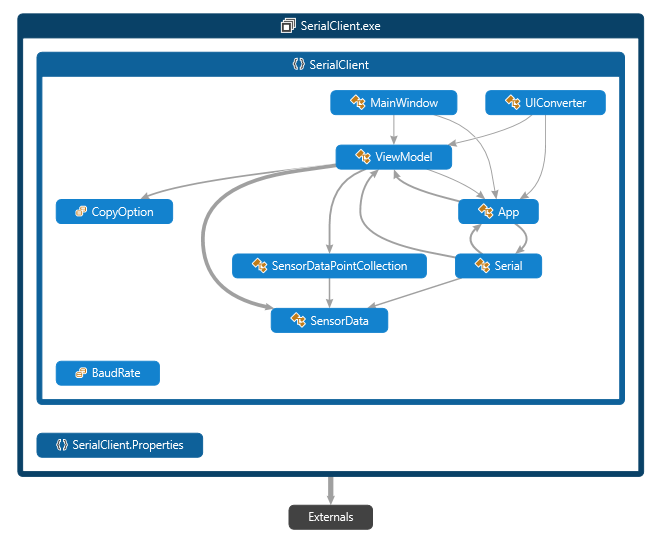Team:Aachen/Collaborations/Methane Sensor
From 2014.igem.org
m (→A low-cost DIY methane sensor for Team Braunschweig) |
(→A low-cost DIY methane sensor for Team Braunschweig) |
||
| Line 3: | Line 3: | ||
= A low-cost DIY methane sensor for [[Team:Braunschweig|Team Braunschweig]] = | = A low-cost DIY methane sensor for [[Team:Braunschweig|Team Braunschweig]] = | ||
| - | Our | + | Our colleagues from Braunschweig are cultivating microorganisms that grow on methane (CH{{sub|4}}) which is supplied via the gas phase. To monitor the methane uptake by their ''E. co(w)li'', they would like to measure the methane concentration in the gas phase. With the standard analytical methods in the lab, this is very difficult, but when they told us about their problem, we knew that we might be able to help them. We assembled an Arduino-based methane sensor and wrote a program to record the data. |
The componentes for the methane sensor include: | The componentes for the methane sensor include: | ||
| Line 10: | Line 10: | ||
* A [http://www.dx.com/p/syb-170-mini-breadboard-for-diy-project-red-140101#.U-ng9VLwC7Q Breadboard] and some wires [[File:Aachen_Breadboard.jpg|90px]] | * A [http://www.dx.com/p/syb-170-mini-breadboard-for-diy-project-red-140101#.U-ng9VLwC7Q Breadboard] and some wires [[File:Aachen_Breadboard.jpg|90px]] | ||
| - | To set up the electronics for a measurement, the sensor and the Arduino have to be collected according to the following | + | To set up the electronics for a measurement, the sensor and the Arduino have to be collected according to the following scheme: |
{{Team:Aachen/Figure|Aachen_Collaboration-BS-Schematic.png|title=Connecting the MQ-4 module to the Arduino|subtitle=only three wires are required to connect the MQ-4 module to the Arduino Nano.|width=700px}} | {{Team:Aachen/Figure|Aachen_Collaboration-BS-Schematic.png|title=Connecting the MQ-4 module to the Arduino|subtitle=only three wires are required to connect the MQ-4 module to the Arduino Nano.|width=700px}} | ||
Revision as of 07:24, 3 October 2014
|
 "
"
